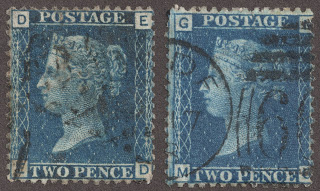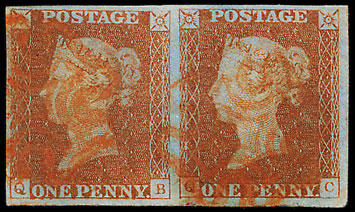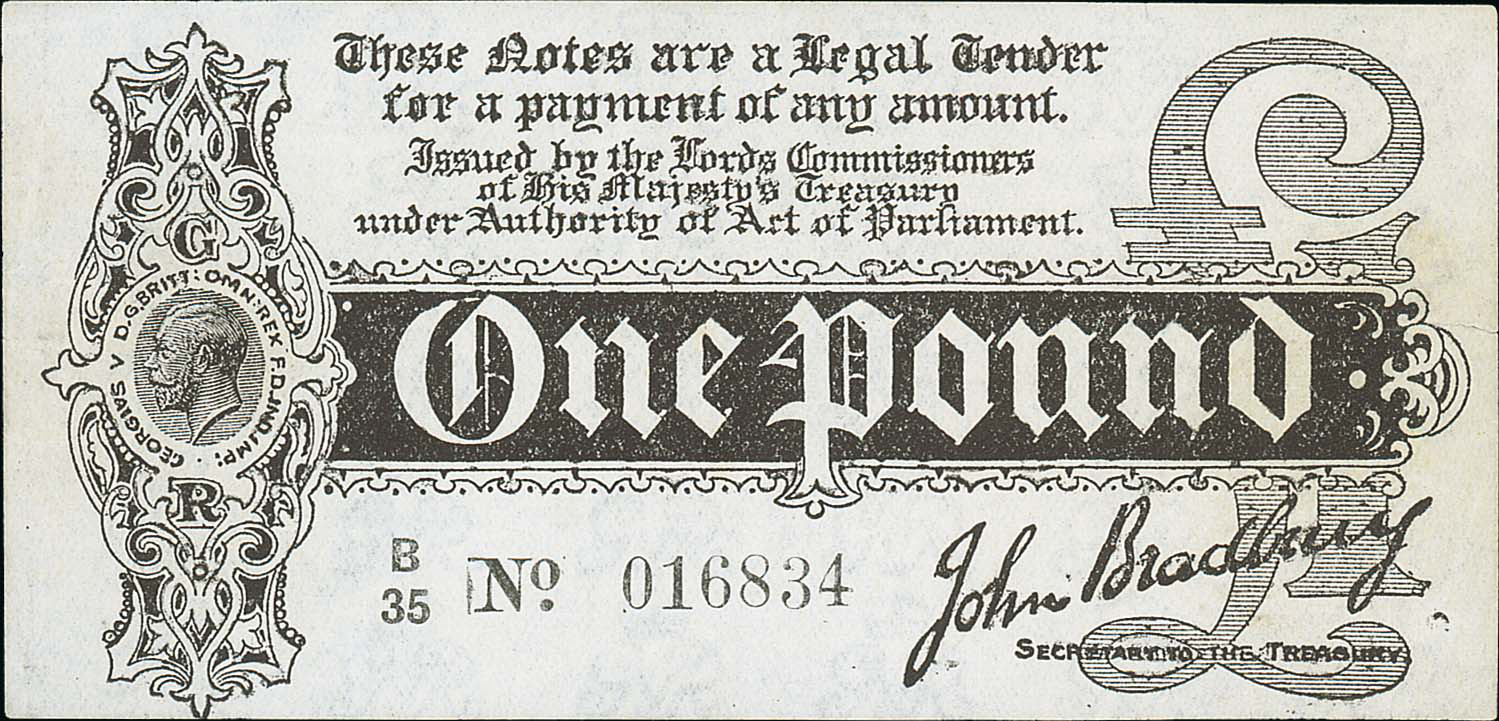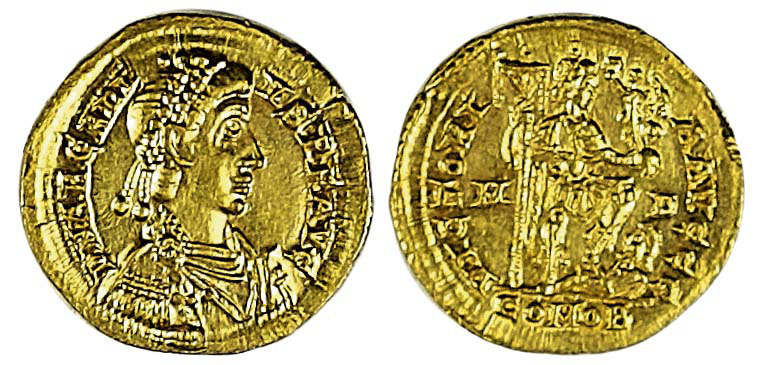Collecting stamps is a popular and rewarding hobby that is carried out in Britain, Europe, America and throughout the world.
Ever since the Penny Black was first issued in 1840, collecting stamps has given great joy to millions of people - including Her Majesty Queen Elizabeth II.
A timeless hobby, it doesn't require any level of skill or expertise to start a stamp collection and it doesn't have to be expensive either.
Perfect for children and adults alike, stamps can be enthralling and captivating. Beginners are often enthused by the beautiful artwork displayed whilst advanced collectors enjoy the challenge of finding a rare stamp or one which depicts a significant piece of history.
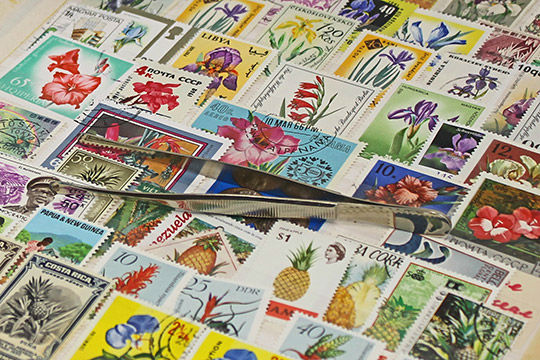
What stamps can I collect?
Stamp collecting for beginners should be all about enjoying a rewarding hobby. There are no strict rules and it is best to forget about whether your stamps are of any significant value and focus on finding ones which bring you pleasure.
As is the case with other collecting pursuits, there are several approaches to compiling a stamp collection - such as focusing on a specific historical period, subcategory or single country of origin.
Whilst choosing a theme will help you to sort your collection, if you want your hobby to maintain your interest, always ensure it reflects your personal interests.
Here are some categories to consider collecting:
By Country: The stamps issued by each country are usually a reflection of that nation and its history, making it one of the most common ways to sort or compile a collection. You could try to collect at least one stamp from every country or focus on stamps used during the reigns of different monarchs.
By Historical Period: Creating a stamp collection which is defined by a historical period allows you to transcend national boundaries. In the UK, an image of the reigning monarch is depicted on every issue. Other countries use different ways to define certain periods, and by opting to focus on a historical event or well-known era - like a war, you can collect stamps from around the globe but within the context of one theme.
By Topic or Theme: If you already have an interest in a particular subject (planes, trains, cars, famous people, buildings or butterflies etc), you could look for stamp designs that tie in with your existing hobby. Often this will allow you to collect stamps from different countries and periods based around a broader theme.
By Shape: To set yourself a challenge, you could try to locate stamps which are of an individual or unusual shape. Or you may want to build a collection which is made up entirely of stamps which are not rectangular, allowing you to hunt for triangular, circular or square issues.
By Colour: Instead of restricting yourself to one particular topic or theme, you may want to compile a collection which is based upon a core shade or a palette of colours. This can often give you more freedom to explore stamps from different countries and periods.

How much will it cost me?
It is possible to start a stamp collection without spending a significant amount of money. Collating an interesting collection with very little outlay is entirely possible.
When you first start collecting, it can be a good idea to consider how much you can afford to spend, and set a budget accordingly.
If your budget is relatively small, it may be that penny stamps are all you can afford. Collections can quickly stagnate if you cannot find stamps that you can afford to collect, and that's why it pays to put a little thought into this at the beginning.
Do you want a return on your outlay? This is another important question to consider. Not everyone collects stamps as an investment, most people do it for the sheer enjoyment.
If your main motivation however is to recoup your outlay, you'll be better served to collect more expensive stamps that collectors, dealers and auctioneers can handle individually. Demand for high-quality stamps originating before 1950, for example, can often exceed supply and lead to higher prices.
Before making a final decision about whether to collect a certain theme, take some time to do some research and to check availability. It may also be a good idea to look at our realised prices list so you know exactly how much stamps achieve.
Should you ever acquire a stamp you think has significant worth, contact our stamp valuation experts for a FREE assesment.
Where can I get stamps from?
Stamp packets: An excellent and very affordable way to obtain hundreds of used stamps to start a new collection. To enjoy a wider variety of stamps and not multiples of the same one, ensure the packet is labelled 'all-different'. There are a huge selection of stamp packets containing UK and world-wide stamps available online or at stamp fairs.
Save used stamps: Ask your friends, family or perhaps a local business to collect stamps on your behalf and pass them onto you. Anyone who receives international mail may have items which are of particular interest.
New stamps from the post office: Unused definitive and commemorative stamps are available from any post office.
Swap stamps: Once you acquire some duplicates or stamps that are of no interest to you, swap or trade them with other collectors. Staff and customers at a local hobby shop may know of other people who are interested in trading.
Join a stamp collectors' club: Avid collectors often meet up to swap stamps, share tips and chat about philately so keep an eye out for local events near you.
Attend a stamp auction: Seasoned stamp collectors and dedicated hobbyists often enjoy the thrill of attending an auction, even if they do not make a sale or purchase, because it allows them to see rare stamps close at first hand. As you become more familiar with the hobby, you may eventually decide to buy or sell in this manner too.
How can I identify stamps?
Identifying stamps is one of the most difficult aspects of stamp collecting for beginners.
Initially, it's always a good idea to collect stamps which you like the look of or take pleasure from.
Once you become more experienced and knowledgeable, you might need to refer to specialist stamp collector books, catalogues and price guides.
These usually contain lists of illustrated stamps, arranged by year and accompanied by an approximate current market value for a specific issue.
If you don't want to buy these, pay a visit to a large local library where they can often be found amongst the specialist interest aisles.
For more detailed information, see our How to appraise stamps guide now!

How should I store my stamps?
As a general rule of thumb, it's not worth buying expensive albums or stamp storage systems until you have a collection which can justify the outlay.
Once you've got a collection to be proud of, here are a few options to consider:
Stamp albums: Safeguard your stamps and keep them visible by using a stamp album. A loose-leaf system with a ring binder offers perfect levels of protection and allows you to re-arrange your collection when required. Fixed leaf stamp albums look great, but are less versatile. Collectors usually sort their stamps into pages and rows, depending on the topic or theme of their collection.
Mounted stamps: Some albums allow you to insert new pages of mounted stamps. You can do this by mounting your stamps on a piece of paper with 'hinges' and then slide them in using a plastic pocket. Or you can place your stamps in 'mounts' & a little plastic sleeve which is then placed in the album. This is more expensive and recommended for valuable stamps.
Use plastic sheets: When using an album which has double-sided pages, use plastic sheets made from polyethylene or polypropylene to stop stamps rubbing against each other.
Store your album safely: Bright lights, temperature fluctuations and humidity can damage a stamp collection so it's a good idea to avoid storing them in a loft or basement.

What stamp collecting equipment do I need?
As a beginner, it can be tempting to spend hundreds of pounds on accessories to get you started. It makes much more sense however to spend a modest amount on the basics and to buy more stamps with the balance.
After securing some stamps, the 3 most important things you'll need are:
Pair of tweezers: Sometimes known as stamp tongs, a good pair of tweezers will 'meet' nicely and allow you to pick stamps up from a flat surface with ease.
Magnifying glass: Using a good x10 lens will allow you to see the fine details of a stamp's design and they're suitable for most beginners. Despite being a stamp collector's most valued tool, they can cost less than £20.
Watermark detector: For most purposes good old-fashioned watermark fluid and a watermark tray are more than adequate. By far the best product on the market, it usually costs less than £10 and will help you identify watermarks, creases and repairs.
Great enjoyment and a piece of history
In 1838, when Sir Rowland Hill came up with his idea of a prepayment system based on charging a uniform rate of one penny per half ounce, the beginnings of our present postal system was born. It was another two years for the first Penny Black to be issued.
It is therefore rather intriguing that these items have gone on to become highly valued from a cultural, historical and monetary aspect.
If you choose to start a stamp collection, you won't just get great personal satisfaction from it you'll also join a huge worldwide community of people with a shared love for history.

